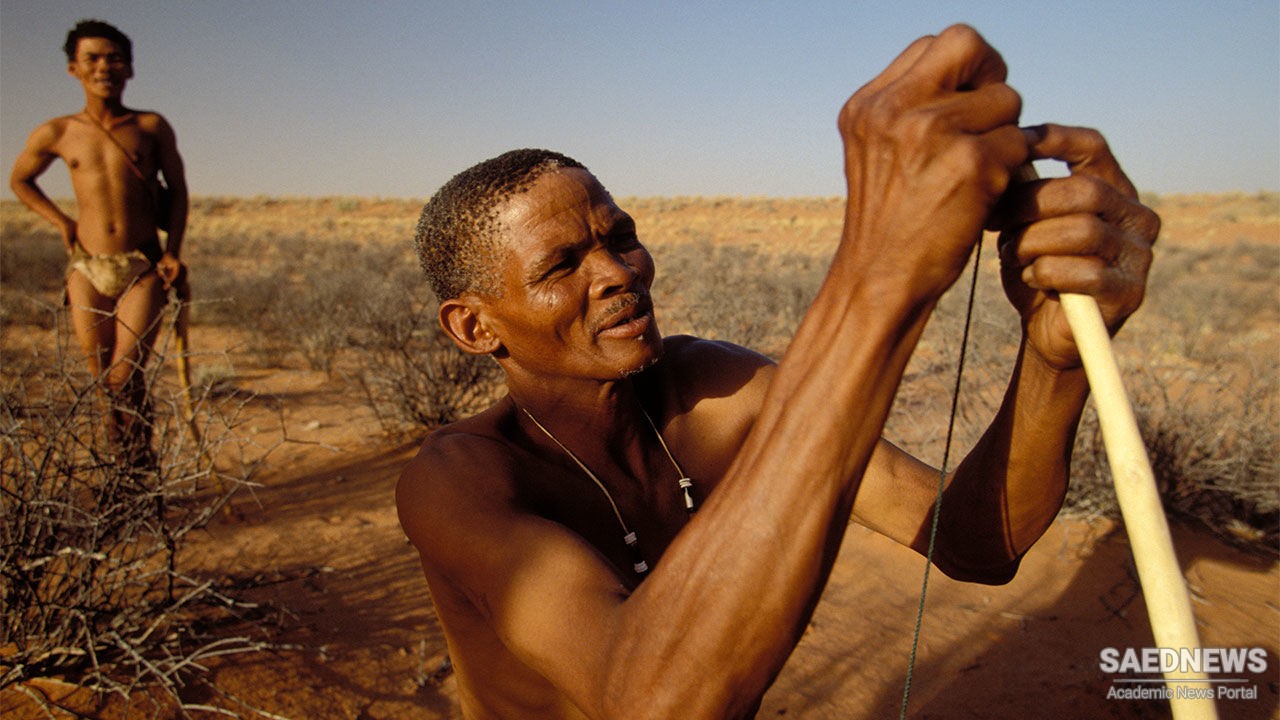It is one of the three major regional groups of the species Homo sapiens (the others being African and Asian). Linguistic differences have led to other attempts to distinguish them. All the peoples in the Fertile Crescent of early civilized times have been assigned on philological grounds either to ‘Hamitic’ stocks who evolved in Africa north and north-east of the Sahara, to ‘Semitic’-language speakers of the Arabian peninsula, to peoples of ‘Indo-European’ language who, from southern Russia, had spread also by 4000 BCinto Europe and Iran, or to the true ‘Caucasians’ of Georgia. Most of these classifi cations are suspect, but they give some idea of the dramatis personae of the early history of the Fertile Crescent and its environs. Their historic centres all lay around the zone in which agriculture and civilization appear at an early date. The wealth of so well-settled an area must have attracted peripheral peoples.
By about 4000 BCmost of the Fertile Crescent was occupied and we can begin there to attempt a summary of the next 3,000 years which will provide a framework for the earlier civilizations. Probably Semitic peoples had already begun to penetrate it by then; their pressure grew until by the middle of the third millennium BC (long after the appearance of civilization) they would be well established in central Mesopotamia, across the middle sections of the Tigris and Euphrates rivers. The interplay and rivalry of the Semitic peoples with other groups, who were able to hang on to the higher lands which enclosed Mesopotamia from the north-east, is one continuing theme some scholars have discerned in the early history of the area. By 2000 BCthe peoples whose languages were of the Indo-European group have also entered on the scene, and from two directions. One of these peoples, the Hittites, pushed into Anatolia from Europe, while their advance was matched from the east by that of the Iranians.
Between 2000 BC and 1500 BC branches of these sub-units dispute and mingle with the Semitic and other peoples in the Crescent itself, while the contacts of the Hamites and Semites lie behind much of the political history of old Egypt. This scenario is, of course, highly impressionistic. Its value is only that it helps to indicate the basic dynamism and rhythms of the history of the region in ancient times. Much of its detail is still highly uncertain (as will appear) and little can be said about what maintained this fluidity. None the less, whatever its cause, this wandering of peoples was the background against which the fi rst civilization appeared and prospered.


 Integration, Cooperation and New Form of Communion
Integration, Cooperation and New Form of Communion














































